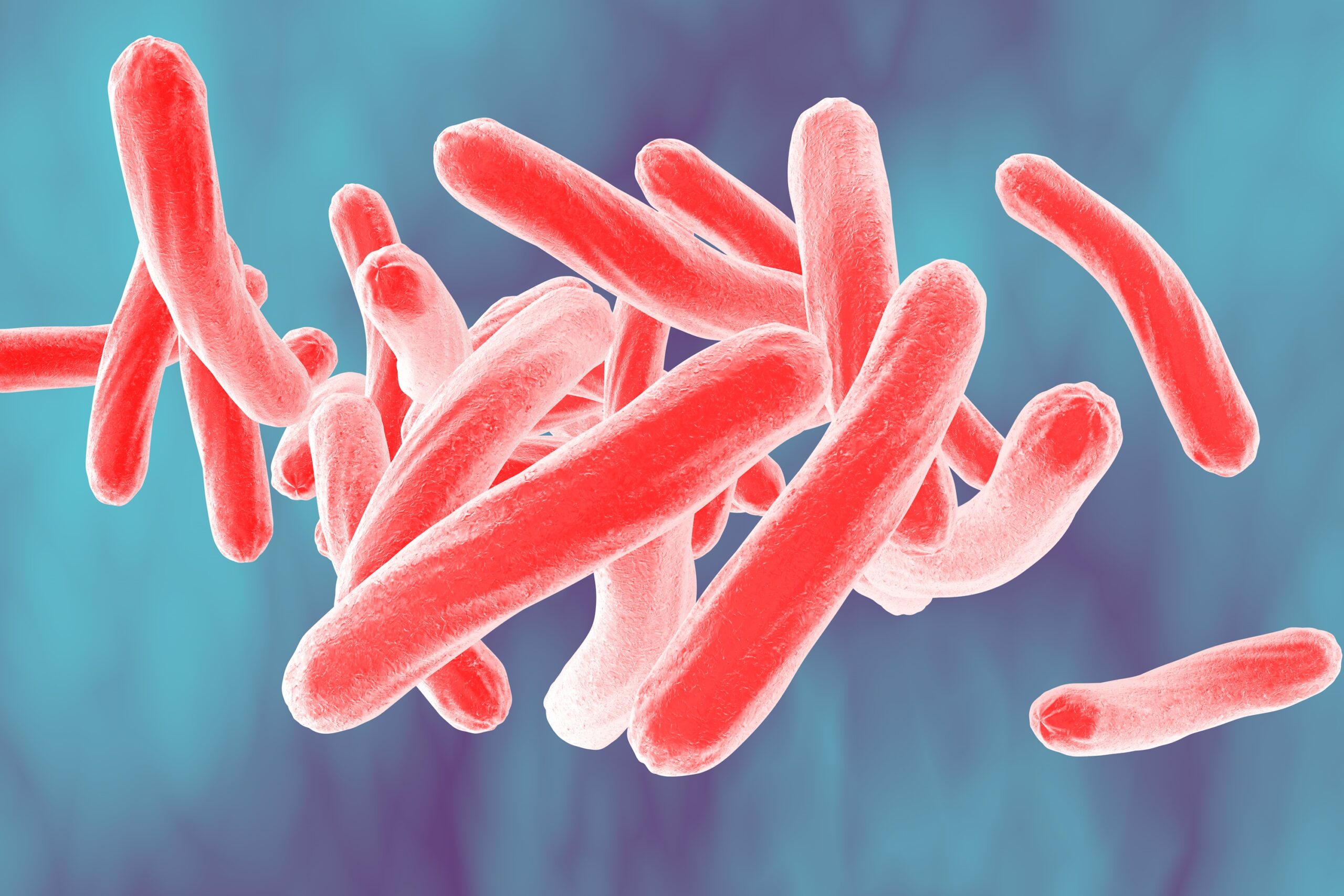In a world full of infectious agents that we cannot see with our naked eyes, we should act like we are carriers of diseases or might catch an infection anytime. With this in mind, we will be more concerned about our hygiene and surroundings. Proper washing of hands or covering of mouth and nose when coughing can help prevent the spread of certain diseases like tuberculosis.
Tuberculosis (TB) is an infection caused by the bacteria Mycobacterium tuberculosis that most often affects the lungs. This disease has terrorized the human population for thousands of years.
Ancient Time Tuberculosis
The first documented tuberculosis was in Egypt around 5,000 years ago. The typical skeletal abnormalities in a tuberculosis patient were seen in Egyptian mummies and are also cleverly depicted in their early arts. M. tuberculosis DNA has been amplified from tissues of the mummies. But there are no written descriptions about tuberculosis in Egyptian papyri.
The first written texts describing tuberculosis were found in India dating back around 3,300 years ago and from China from around 2,300 years ago.
Tuberculosis was also mentioned in the Biblical books of Deuteronomy and Leviticus. The ancient Hebrew word schachepheth was used to describe tuberculosis. In ancient Greece, tuberculosis was called phthisis. Hippocrates accurately defined the symptoms. Isocrates supposed that TB was an infectious disease.
History To Its Discovery
In 1679, Francis Sylvius made an exact description and illustration of the disease in Opera Medica. In 1720, English physician Benjamin Marten published “A new theory of Consumption” explaining the infectious origin of TB. Both shared in-depth insights into how TB works.
From the 17th to 18th centuries, the terms phthisis and consumption were being used. In the mid-19th century, Johann Lukas Schönlein coined the term “tuberculosis”.
In the 18th century in Western Europe, tuberculosis was called “the robber of youth”. The TB epidemic was so deadly that the mortality rate is as high as 900 deaths per 100,000 people per year and most of the victims were young people.
Over a century later, tuberculosis was called “Captain of All These Men of Death”. The TB epidemic in Europe and North America was thought to be the cause of death of every one out of four dead people.
In 1865, the infectious nature of tuberculosis was demonstrated by Jean-Antoine Villemin. He observed that TB was more frequent among soldiers who are stationed at barracks for a long time than those in the field. He also noticed that more crowded urban areas had higher reported TB cases.
In 1882, Robert Koch presented to the Society of Physiology in Berlin his findings that would be a milestone in fighting TB. He was able to isolate and cultivate the infectious agent that causes TB. identified the bacteria tubercle bacillus, Mycobacterium tuberculosis, and he was able to reproduce the disease by inoculating it into laboratory animals. He also helped in identifying the infection etiology of TB.
Decades following Koch’s discovery, tuberculin skin tests, vaccines, and anti-tuberculosis drugs were developed.
The Cause and Its Operation
Mycobacterium tuberculosis is the bacterial pathogen that causes tuberculosis. They are slow-growing obligate aerobic microorganisms, meaning they need oxygen for survival. They are non-motile curved rods. Humans are known to be a reservoir of the bacteria.
Tuberculosis is usually spread from person to person through the air. When people with TB in their lungs or throats sneeze, cough or spit, they propel the bacteria into the air. People nearby may breathe in these droplets with TB and become infected. A person only needs to inhale only a few of these germs to become infected.
After breathing in the bacteria, tuberculosis will settle in the lungs and begin to grow. From the lungs, they can transfer through the blood to other parts of the body such as the kidney, brain, and spine. This transferred blood in the brain may even show up during CT scans if the volume is noticeable.
Transmission
But not everyone infected with TB bacteria becomes ill. They are people with latent TB. People with latent TB never develop tuberculosis disease and cannot transmit it. About one-quarter of the world’s population has latent TB.
People infected with TB have a 5-15% risk of falling ill. The risk of contracting TB disease is higher on certain people. Over 95% of cases and deaths are in developing countries. People with a weak immune system and existing medical conditions are more likely to develop active TB. Undernutrition is also a factor in developing active TB. In 2018, 2.3 million active tuberculosis new cases were due to undernutrition.
Active lung tuberculosis symptoms are coughs with sputum and blood at times, chest pains, weight loss, fever, and night sweats. Other symptoms are fatigue, no appetite, and chills. As TB can also attack other parts of the body, symptoms in other parts of the body defend on the affected area.
Present Situation
Worldwide, around 10 million people fell ill with tuberculosis in 2018. A total of 1.5 million from the infected died, 200,000 were child deaths. Eight countries account for two-thirds of the total cases. These countries are India, China, Indonesia, the Philippines, Pakistan, Bangladesh, South Africa, and Nigeria.
Tuberculosis can be cured. Active TB can be treated by taking prescribed antimicrobial drugs for 6 to 9 months. There are 10 drugs approved by the U.S. Food and Drug Administration.
Treatment for latent TB is also available. Taking medication and boosting your immune system are good treatment regimens. Vaccines are also available and are often given to infants and small children.
March 24 is World Tuberculosis Day. This annual event commemorates the day when Dr. Robert Koch announced his discovery of Mycobacterium tuberculosis. This day is to educate and provide public awareness about the disease and efforts to eliminate it.
Infectious diseases are everywhere and are just waiting to strike the human population. Treatments and cure are available to help us at certain times but it is always better to prevent getting infected in the first place. Hygienic practices are simple ways to prevent getting infected. Furthermore, if you get infected, there are ways to fight these infections. For instance, strengthening our hearts and lungs is a good example of a simple way to fight certain infections.
 Lifeyet News Lifeyet News
Lifeyet News Lifeyet News





